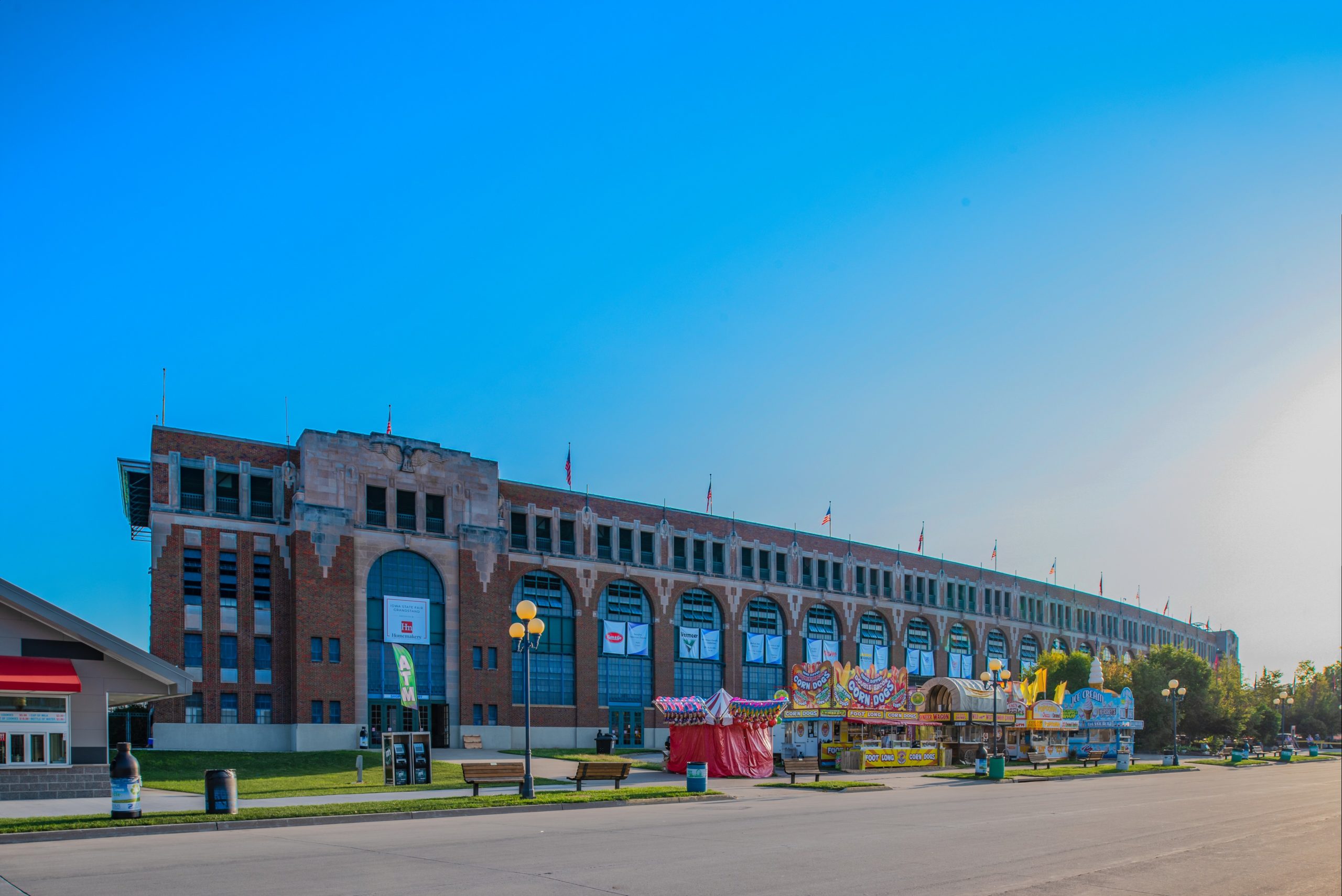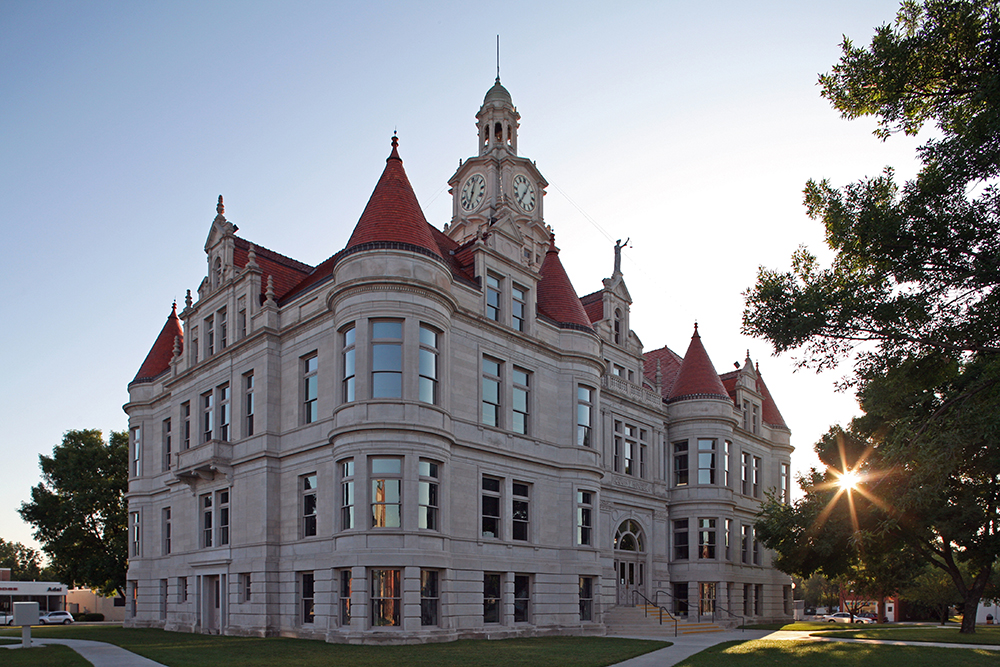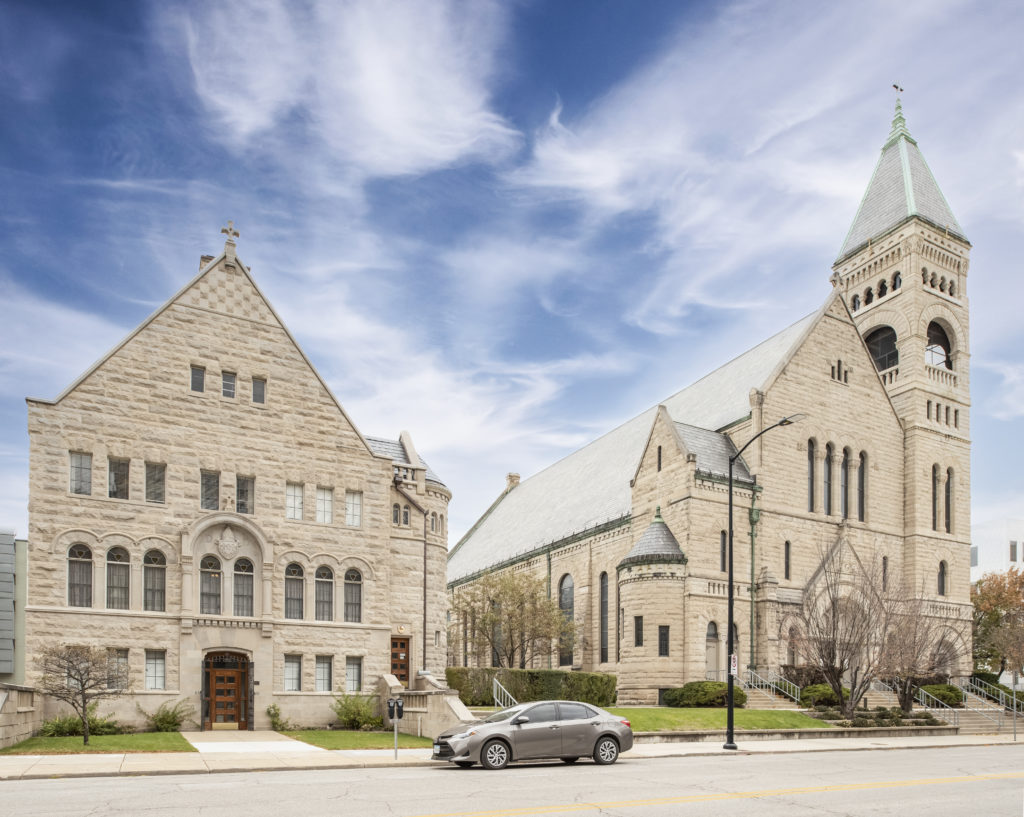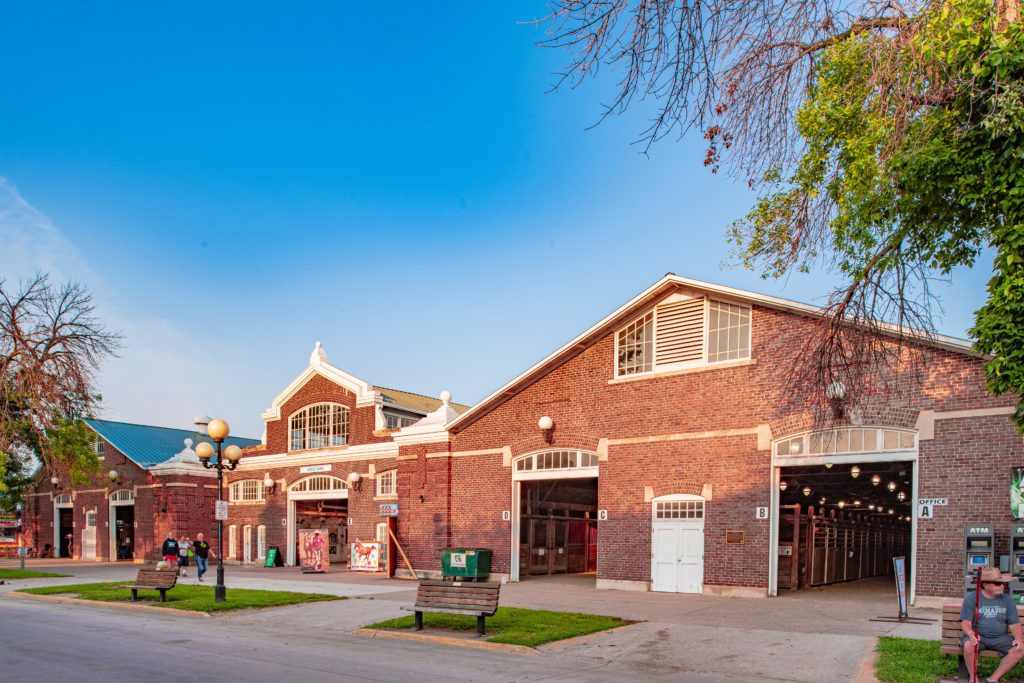
7 Reasons for Architects to Preserve Historic Buildings
K/O Architects has a rich history, one that stretches back hundreds of years. Even though we’re in Des Moines – through that time, we have had a hand in creating many great structures throughout Iowa and around the Country. This accomplished past has made us appreciate why it’s important to preserve historic buildings and sites. As a leading historic preservation architecture firm these are our top reasons:

K/O Architects is currently undertaking a complete exterior historic preservation for The Dallas County Courthouse in Adel, Iowa.
1. To learn from the past
- A building’s history can be a powerful tool for learning.
- The past is a record of mistakes and successes, both of which are useful to examine if you’re trying to reutilize something better in the future.
- You get to learn about the people who built these buildings and maybe if you’re lucky get inside of the head of the architect who originally conceptualized the structure. Which is valuable for understanding how we got where we are now from where we were back then.
2. To learn from our mistakes
It is important to learn from the mistakes of our past, especially if those mistakes relate to architecture. For example, many people believe that historic buildings should be restored and preserved because they are beautiful. However, this is not the only reason why you should restore them. A building with a purposeful design that serves its function well can be just as beautiful as one which was built strictly for aesthetic purposes. In addition to being functional, restoration serves to preserve our collective memory and history by keeping these buildings alive for future generations.
3. To preserve heritage
A historic building is any building that has been around for at least 50 years. One of the main reasons to restore an important historical building is to preserve heritage.
Historic buildings are part of our heritage, and they play an important role in our sense of place. They can also be used for new purposes, like housing businesses or community groups. And even if a historic building is no longer being used for the original purpose, it can still make an impact on your community—for example, by serving as a tourist attraction, a museum, or maybe even a cool office!

The Historic Renovation of the St. Ambrose Rectory was significant in that it allowed an iconic building to continue service for the foreseeable future.
4. To create beauty
Beauty is in the eye of the beholder. “Beauty is in the details,” said architect and conservationist Sir Banister Fletcher.
He also said: “Beauty is a matter of opinion.” It depends on who you ask whether a building or structure has any sort of beauty at all. But what we can say with certainty is that there are some structures that have stood out over time as having undeniable beauty—and these structures have had an impact on culture and history as well as on the lives of those who experienced them firsthand. These buildings are worth preserving because they speak to us about our past, present, and future; they tell stories about who we are as individuals and communities; they represent moments in time when great minds came together to create something beautiful (or even just functional).
5. Historic buildings create a sense of place.
One of the biggest reasons to restore important historical buildings is that they contribute to a sense of place. A community can use its historic buildings as a source of pride, helping people feel connected to the past and giving them a sense of identity.
Historic buildings are also more than just brick-and-mortar structures; they can be part of the community’s identity and serve as symbols for their county or city. When you look at an old building, it’s easy for your mind to fill in details about what life was like back then: what people wore, what they ate, how they lived their lives. The things that make up your life today may not have been around when this building was first built—but if you look around enough at any city in America that was around during the turn of the century, you might see evidence of beautiful old homes, churches, schools, libraries and/or Courthouses (or maybe all of these). Remember these buildings were once part of our history too!

Fairgrounds often find themselves with dated infrastructure. K/O is currently working with the Iowa State Fair to put together a plan to make Renovations to their Horse Barn.
6. It’s the right thing to do!
It’s the right thing to do!
Historical buildings are a part of our heritage, and they’re an important part of our collective memory. They’re also a way for us to remember the those who contributed to society in meaningful ways.
7. Historic restoration preserves buildings, remembers people, and educates us about our history.
When you are restoring an old building, you are preserving a piece of history. When you repair an old roof or the windows, you are saving a part of the fabric that may have otherwise been lost forever.
When a building is restored, the memories associated with it become clearer and more vivid for those who live or work in the community. People often think about their childhood; this happens because we have such strong memories associated with certain spaces in our lives (e.g., where we grew up). These places must be preserved so that future generations can feel connected to their communities through these landmarks as well.
Historic buildings also help us understand our culture better by revealing how people lived in the past—what they valued and what they considered important at different points throughout history—and sometimes even provide clues into how we might live today!
Conclusion
Historic buildings are an important part of our past and present. They are landmarks that connect us with history, tell us something about who we were and help us understand where we’re going as a society. Historic restoration is good for the economy because it creates jobs and generates revenue through education and tourism. It is also good for the environment as it allows us to recycle existing infrastructure. In short: restoring buildings is a win-win. After all History won’t repeat itself, but it can be restored!


